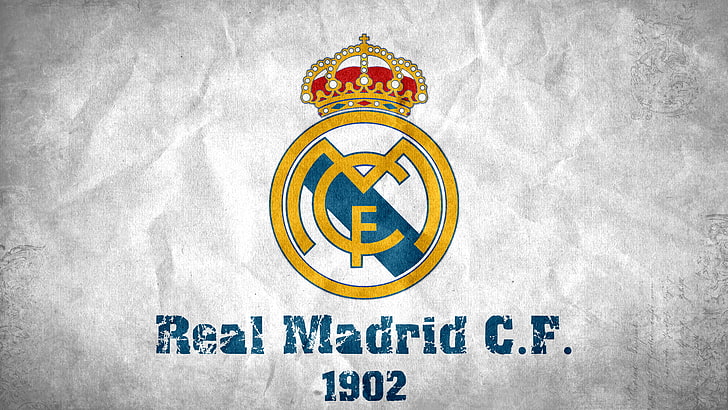The 1950s marked a transformational decade for Real Madrid FC, characterized by extraordinary achievements and the emergence of the club as a global powerhouse in football.
The Rise to European Glory Real Madrid FC
In 1956, Real Madrid FC made history by winning the inaugural European Cup (now known as the UEFA Champions League). This landmark victory set the stage for an era of dominance, as the club followed up with four consecutive European titles in the late 1950s U888.
The catalyst for this incredible success was the signing of legendary players like Alfredo Di Stéfano and Francisco Gento. Their unparalleled skills and charisma brought an exciting style of play that captivated fans worldwide. Under the management of legendary coach Luis Carniglia, the synergy between players created a formidable team capable of overcoming any opponent.
Moreover, this era saw the birth of the famous “Galácticos” philosophy, where the club focused on attracting high-profile players to enhance its squad. While this approach would later be revisited in different contexts, its roots lay in the club’s early interactions with star players who bolstered its reputation and performance.
Domestic Dominance and Rivalry
While European success defined this era, Real Madrid FC also enjoyed immense domestic triumphs during the 1950s and 1960s. The club consistently topped the La Liga standings, establishing itself as the preeminent force in Spanish football.
One of the fiercest rivalries developed during this time was with FC Barcelona—a clash of titans that would come to symbolize not just a battle for supremacy in football, but also represent broader cultural divides within Spanish society. This rivalry, known as “El Clásico,” remains one of the most anticipated fixtures in the football calendar today.
The intense competition between the two clubs fueled their respective ambitions and drove them to continually raise the bar in terms of performance, tactics, and player quality. This era was marked by unforgettable matches and moments that left an indelible mark on both clubs’ legacies.
The Impact of Television and Globalization
The rise of television in the 1960s played a significant role in expanding the club’s global reach. Matches were broadcast to audiences far beyond Spain, allowing fans from different countries to witness the brilliance of Real Madrid FC.
As the club gained popularity internationally, it became a commercial titan, forging lucrative sponsorship deals and merchandise opportunities that further solidified its financial stability. This period laid the groundwork for Real Madrid FC’s transformation into a global brand, paving the way for the club’s future successes both on and off the pitch.
